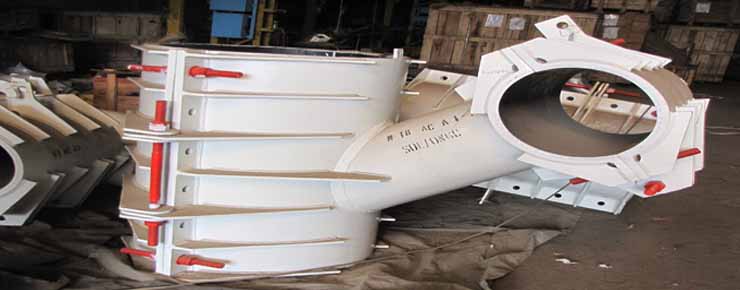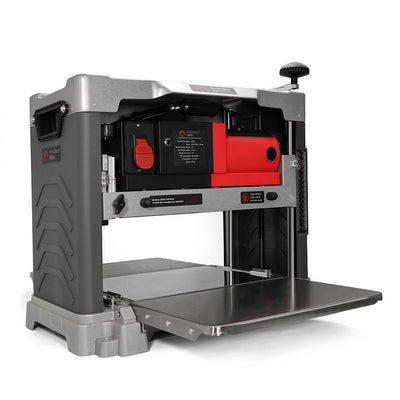
Supreme Offshore Constructions & Technical Services Limited















Choosing the Right Wood for Beginners: The Easiest Woods for Woodworking
When starting out in woodworking, the type of wood you choose can make a big difference in the success and enjoyment of your projects. Certain woods are far easier to work with, offering smooth cuts, minimal splintering, and easy shaping. Understanding which woods are beginner-friendly allows you to develop skills, create high-quality results, and build confidence as you learn. Here's a look at some of the easiest woods for woodworking and why they're ideal for beginners.
Pine is one of the most accessible and forgiving woods, making it an excellent choice for new woodworkers. It's soft and easy to cut, allowing beginners to practice various techniques with minimal resistance. Pine is also affordable and widely available, making it a perfect wood for trial and error as you learn. Its light color and visible grain offer a rustic look that works well in farmhouse or vintage-style furniture, while its lightweight nature is ideal for projects like shelves, small furniture, and decorative pieces. One thing to note is that Pine can dent easily and absorbs stain unevenly, so it's often best finished with a clear coat or paint for a smoother appearance.
Cedar is another great option for beginners, particularly if you're working on outdoor projects or pieces that need to withstand the elements. Cedar is naturally resistant to moisture, insects, and decay, making it ideal for outdoor furniture, garden planters, and storage chests. It's a softwood, meaning it's easy to cut, shape, and sand, while still providing durability. Cedar's rich color and aromatic quality add appeal to projects, especially those that will be used indoors. Cedar does tend to split if worked too aggressively, so slower, steady cuts are ideal. Because it's softer than many other woods, it's also easier to hand-carve or work without extensive machinery.
Poplar is a hardwood with the benefits of a softwood, making it perfect for those looking to experiment with both strength and ease of use. Poplar is easy to cut and sand and tends to have a smooth, even grain that produces a polished finish. It's also more resistant to warping than some softer woods, making it a reliable choice for cabinets, shelves, and small furniture. While Poplar's natural color can be a muted green or yellow, it takes paint very well, making it ideal for painted projects. Beginners will appreciate Poplar's balance of affordability, availability, and workability, along with its smooth, predictable grain.
Basswood is another beginner-friendly wood, especially popular for carving and intricate detailing. It's a very soft hardwood that's lightweight and easy to cut, sand, and carve. Basswood has a fine, even texture with minimal grain, making it perfect for detailed work like model-making, decorative panels, and small crafts. Because it holds paint and stains well, it's also an excellent choice for painted projects. The smooth surface allows for intricate carving without much resistance, making it a favorite among carvers, whittlers, and those creating decorative items. Its softness does mean that Basswood can dent more easily, but its versatility and ease of use make it a fantastic wood for new woodworkers.
Alder is a wood that combines the qualities of a hardwood with the ease of a softwood, making it a go-to for beginners looking to create sturdy, high-quality pieces. It's a relatively soft hardwood, so it's easy to cut, drill, and shape, but it offers more strength and stability than softer options like Pine or Cedar. Alder has a consistent grain and a warm, reddish hue that gives projects an attractive, natural look without much additional finish. This wood is often used in cabinetry, furniture, and smaller decorative projects, as it takes stain and paint beautifully. Alder's stability and workability make it a satisfying choice for beginners, offering quality results with minimal frustration.
Finally, Oak is a good wood for beginners ready to take on a slightly more challenging project, as it introduces new skills without being too difficult. While it's harder and denser than other beginner woods, Oak is durable and has a beautiful, prominent grain that adds character to projects. Red Oak, in particular, is slightly softer than White Oak, making it easier to work with while still offering strength and longevity. Its dense structure can dull tools faster, so sharp tools are essential for a smooth finish, but the end result is worth the effort. Oak is ideal for tables, shelves, and larger furniture projects, and its resistance to wear makes it perfect for pieces that see frequent use.
Choosing the right wood for your skill level can make all the difference in your woodworking journey. Starting with easy-to-use woods like Pine, Cedar, Poplar, Basswood, and Alder gives beginners the chance to learn core techniques without facing the challenges that harder or more temperamental woods can present. By working with these woods, you can hone your skills, experiment with various tools, and create beautiful, long-lasting pieces that showcase the unique qualities of each type of wood. As you gain confidence and experience, you can gradually explore harder woods, tackling new projects with a solid foundation in woodworking basics.
